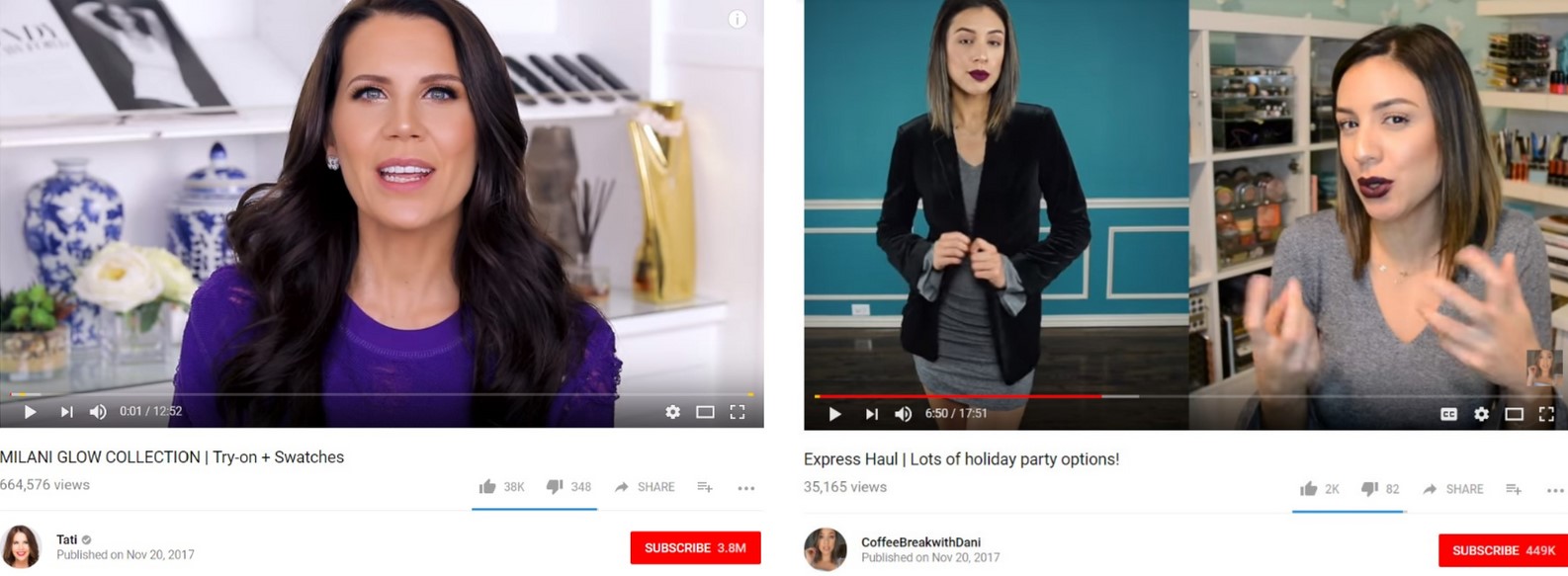7 Ways Online Sweepstakes Grow Your Youth Customer Base
While contests and online sweepstakes are nothing new, they’ve taken on a new life with the continual growth of social media. Now more than ever, online sweepstakes are easy, affordable, and effective. As the marketing landscape continues to evolve, sweepstakes will serve as a helpful strategy to increase the number of people who interact with your brand and deepen existing connections.
When executed correctly, online sweepstakes create a win-win situation for brands and entrants alike. Most often, they are used for the following reasons:
- Increase brand awareness and generate word-of-mouth “buzz”
- Deepen engagement
- Nurture prospective customers through email capture or text opt-in
- Drive customer conversion and sales
If your brand is trying to engage with Millennials and Gen-Z, you must execute in a way that feels authentic and relevant. Below are eight tips for capturing the attention of these demographics, while also creating a lasting impression that will keep your brand top-of-mind.
1. Make It Easy
Don’t ask for too much from entrants. When utilizing an online entry form, minimize the number of form fields to increase completion rates. Only ask for the information that is absolutely necessary. The more questions you ask, the less likely your participants are to complete the form. When entering an online sweepstakes, your entrants will weigh the amount of effort against the value of the reward, and you want to balance that scale in your favor. Whenever possible, integrate a social sign-in option to further ease the process.
2. Ensure the Prize Feels Attainable
Wondering what factors influence participation? According to a report from HelloWorld, 72% of people will enter an online sweepstakes if the odds of winning are high. Sixty-seven percent of people will enter based on the size and price value of the reward. As you can see, it’s important to structure your sweepstakes in a way that makes the prize seem both attainable and valuable. Consider offering a higher volume of a mid-range prizes to increase the likelihood of participation (as opposed to offering one top-tier prize).

3. Bigger Isn’t Always Better
While second to the odds of winning, the actual prize is important. When choosing between gift cards, physical products, or experiences, it’s important to know who you’re targeting in order to align the prize with potential interest from the desired audience. To help inform your decision, you can simply survey a subset of customers on what types of prizes and incentives would motivate them to participate. And don’t worry if your budget is tight, the prize is not the sole driver of participation—a quality and meaningful prize is key.
4. Bring the Prize to Life
If Millennials and Gen-Z are able to physically see what they might win, it becomes more tangible. Consider announcing or promoting the online sweepstakes at physical events.
5. Lean into the Power of Social
In addition to utilizing your brand-owned channels to promote the online sweepstakes, you should also encourage entrants to share the sweepstakes with their social networks. If your budget allows, utilize relevant, brand-right social influencers to increase awareness within your target audience. Newer or small brands will especially benefit from the automatic validation of being associated with a well-known peer or public figure.
6. Optimize Your Entry Page for Mobile
Millennials and Gen-Z use their phones more frequently than their laptops, so having your sweepstakes’ entry page be mobile-optimized is critical. Don’t make the assumption that participants will be entering the sweepstakes on their laptop, especially if you’re collecting entries at a physical event. Make the entry experience both smooth and intuitive. If your website is confusing, people will likely drop off and participation will decrease.
7. Bit.ly or URL
On the topic of mobile, if collecting entries at a physical activation or extending the reach through social, ensure that the website is easy to access and remember. URL shorteners like Bit.ly allow you to shorten and customize the link, which also makes it easier to share.
Like other tactics, online sweepstakes can be extremely effective when used as a part of your overall marketing strategy. Consumer facing brands, as well as many business-to-business enterprises, can take advantage of sweepstakes by using the seven tips highlighted above.
WANT MORE? CHECK OUT THESE BLOGS
- 5 Things to Look for When Recruiting a Campus Rep
- The Rise of Micro Influencers on College Campuses
- 7 Elements to Consider for Your Brand’s Mobile Tour
HOW CAN YMC HELP?
Want to engage the coveted Millennial and Gen-Z demographics? Finding the right partner is key to your success. Here at YMC, we’ve been helping brands connect with 15- to 29-year-old consumers for two decades—and we’d be happy to share our wealth of knowledge with you. Contact us today!




